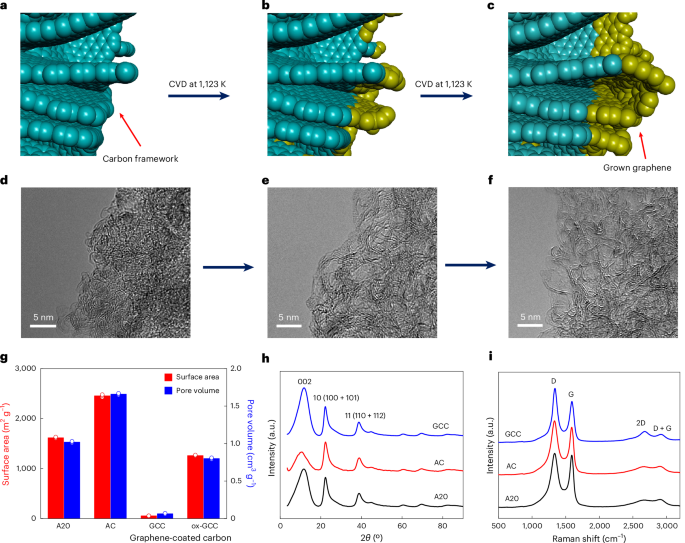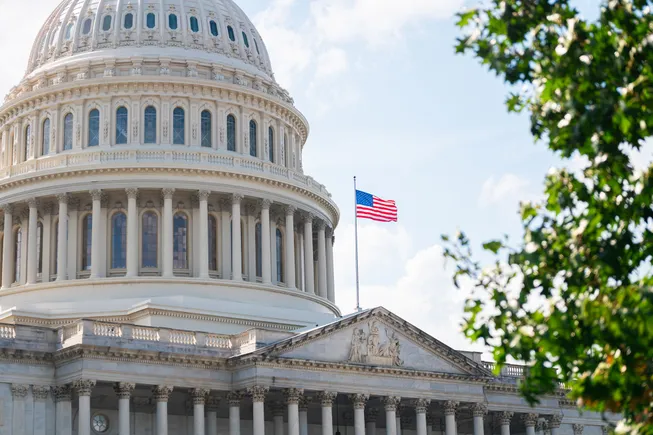Double whammy for Wabash: 2 key agencies cut debt rating on trailer builder
The two leading ratings agencies have cut their ratings on trailer builder Wabash National. The post Double whammy for Wabash: 2 key agencies cut debt rating on trailer builder appeared first on FreightWaves.

Trailer manufacturer Wabash National, which has seen its stock price drop by more than 60% in the past year, saw its debt rating downgraded by both S&P Global Ratings and Moody’s this month.
The latest move came earlier this week when S&P Global (NYSE: SPGI) cut its rating on Wabash (NYSE: WNC) to B+ from BB-. The move was foreshadowed in November when S&P Global Ratings lowered Wabash’s outlook to negative. Most downgrades come after a company is first reduced to a negative outlook, just as an upgrade usually comes after a positive outlook.
Earlier this month, Moody’s (NYSE: MCO) cut its rating on Wabash National to B1. B1 is considered equivalent to a B+ rating from S&P Global.
Both ratings are four notches below the cutoff at S&P between investment-grade and non-investment-grade debt.
A spokesman for Wabash declined comment.
Wabash National has been at a B+ rating at S&P Global previously in the past decade. A review of past actions by the ratings agency shows that the company’s debt rating has bounced between BB- and B+ several times. It also had climbed to a BB rating back in 2016.
“Wabash National Corp.’s credit measures will worsen below expectations for the rating in 2025 as trailer deliveries have declined from freight carriers delaying capital expenditures,” S&P said in a report announcing the downgrade. “The timing for a recovery and the magnitude of a potential rebound is uncertain, and we see significant risk to the forecast; however, our base case reflects the assumption that trailer deliveries will improve somewhat in 2026, which could improve the company’s credit measures.”
Moody’s summation of its change sounded a similar theme. “The rating downgrades and negative outlook reflect our expectation for a meaningful decline in Wabash’s earnings in 2025 amid a persistent down cycle in trailer production,” the agency said. “Uncertainty resulting from the implementation of US tariffs has negatively impacted end market demand for new trailers and truck equipment and caused Wabash’s customers to delay investments in their transportation fleets. Consequently, Wabash’s credit metrics are projected to deteriorate significantly in 2025, including a substantial increase in financial leverage.”
S&P said it expects debt to earnings before interest, taxes, depreciation and amortization at Wabash to be 8.9x in 2025, after previously assuming 3.6x. Its free operating cash flow (FOCF) margin is now expected to be 0.5% this year after an earlier estimate of 8.2%. The FOCF margin is the free cash flow that a company generates per dollar of revenue earned.
S&P removed the negative outlook on Wabash National and moved it up to stable. That is not always automatic; a rating can be downgraded and the negative outlook kept on with the expectation that more downgrades might be in the offing. S&P said the stable outlook “reflects our expectation that the company’s S&P Global Ratings-adjusted debt to EBITDA could improve to 4x and S&P Global Ratings-adjusted FOCF to debt could strengthen to the high-single-digit area percent area in 2026 as freight demand improves.”
Focus on liquidity
The decline in Wabash’s stock price is not a factor in its debt rating from either S&P or Moody’s. The ratings agencies are concerned with liquidity and the various leverage ratios, as their focus is on a company’s ability to fund its debt obligations.
Moody’s said it expects Wabash to “maintain adequate liquidity … supported by an expectation of positive free cash flow of around $20 million in 2025 as working capital needs decline and offset the drop in earnings.” It also said it expects Wabash to “minimize” capital expenditure spending this year.
On the company’s most recent quarterly earnings call with analysts, CFO Pat Keslin talked about the decisions Wabash National will face in what to do with its sources of liquidity, including its cash on the books plus the revolving credit lines available to it.
Keslin reviewed the company’s outstanding debt obligations, the largest of which do not mature until 2028. Wabash’s capital expenditures are targeted to be $50 million to $60 million this year, but Keslin on the call suggested that could change.
“Given the heightened uncertainty in 2025, our capital expenditure plans are flexible,” he said. “While it would not be our preference, we do have room to bring down capital outlays if the outlook dictates. The same goes for the rest of our capital allocation priorities. I would say that generally we do have quite a bit of flexibility with regard to how we allocate capital in 2025 depending on how market conditions evolve.”
Dividend static, but with falling stock price, yield is rising
Later, in response to an analyst question, he expanded on that theme. “We also pay the dividend, just like we always do,” Keslin said. “We will continue to do that, but then as it pertains to share repurchases, traditional CapEx investment, more investment in tasks, all of those items we will evaluate on an as-needed basis certainly to what our liquidity position looks like and what we expect the future markets to look like.”
Wabash’s current quarterly dividend is 8 cents per share. With the battering Wabash’s stock price has taken, that payout is resulting in a yield of about 3.6%, significantly higher than the yield being paid by some of the companies that might be current or prospective Wabash customers. (Covenant Logistics (NYSE: CVLG) is at about 1.25%; Werner Enterprises (NASDAQ: WERN) is at about 2.1%.)
Impact of the Missouri nuclear verdict
Both agencies raised as a concern the nuclear verdict against Wabash in Missouri. Moody’s said whatever the outcome of the case, it expects Wabash would fund the payout with debt. That could be an issue if the debt issuance comes at a time when the trailer market hasn’t improved, Moody’s said. “We could lower the rating if it funds the liability with debt and trailer demand improvement is delayed further from its current near trough levels,” it said.
S&P said the verdict poses a “significant risk to Wabash if payment is required before operating conditions improve.”
An initial verdict of $450 million from September was cut to $108 million in March.
The company’s first-quarter earnings reflected just how weak the trailer market is. In 2025’s first quarter, it produced 6,290 trailers and 3,000 truck bodies. That’s down from 8,500 and 3,690, respectively, from the first quarter of 2024.
Gross profit fell to $8.4 million from $63.1 million, and gross profit margin declined to 2.4% from 13.4%. Operating income was negative $9.8 million, down from an operating profit a year earlier of $44.2 million.
More articles by John Kingston
As shippers adjust to tariffs, the message at Momentum is: Don’t forget the TMS
Werner suspends 401(k) match for employees to cut costs
Georgia tort reform aims to change practices in judicial ‘hell hole’
The post Double whammy for Wabash: 2 key agencies cut debt rating on trailer builder appeared first on FreightWaves.





















































































































































